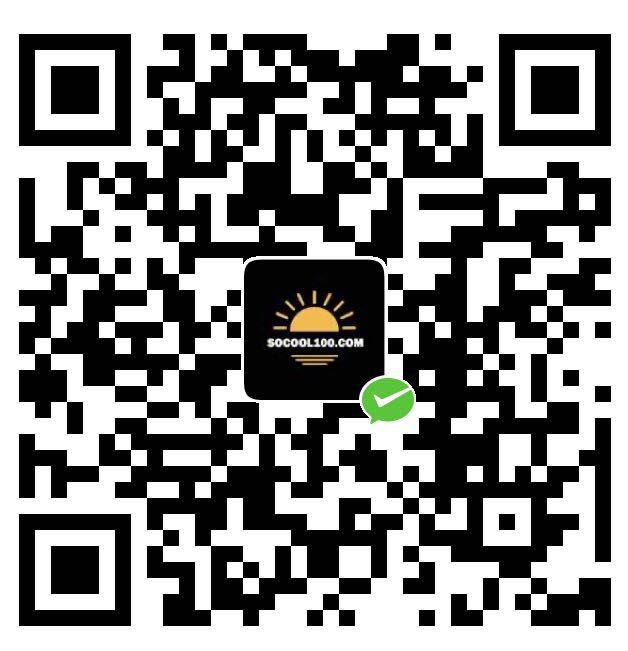2019年1月17日雅思阅读真题+题目+答案:What do Babies Know
本次考试的两篇阅读真题,小编将一一与你分享!第一篇为:2019年1月17日雅思阅读真题+题目+答案:The Forgotten Forest。接下来的内容,为本次考试真题的第三篇雅思阅读真题。
2019年1月17日雅思阅读真题+题目+答案:What do Babies Know
As Daniel Haworth is settled into a high chair and wheeled behind a black screen, a sudden look of worry furrows his 9-month-old brow. His dark blue eyes dart left and right in search of the familiar reassurance of his mother’s face. She calls his name and makes soothing noises, but Daniel senses something unusual is happening. He sucks his fingers for comfort, but, finding no solace, his month crumples, his body stiffens, and he lets rip an almighty shriek of distress. This is the usual expression when babies are left alone or abandoned. Mom picks him up, reassures him, and two minutes later, a chortling and alert Daniel returns to the darkened booth behind the screen and submits himself to baby lab, a unit set up in 2005 at the University of Manchester in northwest England to investigate how babies think.
Watching infants piece life together, seeing their senses, emotions and motor skills take shape, is a source of mystery and endless fascination—at least to parents and developmental psychologists. We can decode their signals of distress or read a million messages into their first smile. But how much do we really know about what’s going on behind those wide, innocent eyes? How much of their understanding of and response to the world comes preloaded at birth? How much is built from scratch by experience? Such are the questions being explored at baby lab. Though the facility is just 18 months old and has tested only 100 infants, it’s already challenging current thinking on what babies know and how they come to know it.
Daniel is now engrossed in watching video clips of a red toy train on a circular track. The train disappears into a tunnel and emerges on the other side. A hidden device above the screen is tracking Daniel’s eyes as they follow the train and measuring the diametre of his pupils 50 times a second. As the child gets bored—or “habituated”, as psychologists call the process— his attention level steadily drops. But it picks up a little whenever some novelty is introduced. The train might be green, or it might be blue. And sometimes an impossible thing happens— the train goes into the tunnel one color and comes out another.
Variations of experiments like this one, examining infant attention, have been a standard tool of developmental psychology ever since the Swiss pioneer of the field, Jean Piaget, started experimenting on his children in the 1920s. Piaget’s work led him to conclude that infants younger than 9 months have no innate knowledge of how the world works or any sense of “object permanence” (that people and things still exist even when they’re not seen). Instead, babies must gradually construct this knowledge from experience. Piaget’s “constructivist” theories were massively influential on postwar educators and psychologist, but over the past 20 years or so they have been largely set aside by a new generation of “nativist” psychologists and cognitive scientists whose more sophisticated experiments led them to theorise that infants arrive already equipped with some knowledge of the physical world and even rudimentary programming for math and language. Baby lab director Sylvain Sirois has been putting these smart-baby theories through a rigorous set of tests. His conclusions so far tend to be more Piagetian: “Babies,” he says, “know nothing.”
。。。。此处省略一半雅思阅读真题原文!
雅思阅读真题题目:Questions14-26

完整版2019年1月17日雅思阅读真题+题目+答案:What do Babies Know,10元有偿下载!

微信扫码支付 |

支付宝扫码支付 |
资料下载说明 |
|
|
